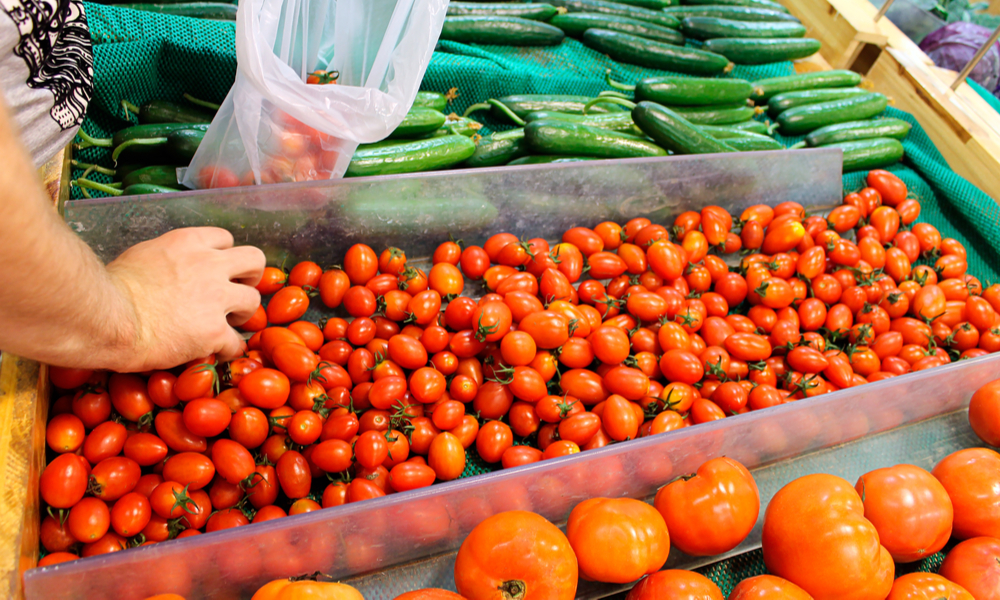 Reading Time: 2 minutes
Reading Time: 2 minutes
During the pandemic, attention has been given to the flexibility of food supply chains in times of crisis. Food supply chains had to adjust rapidly to demand-side shocks, including panic buying and changes in food purchasing patterns, as well as plan for any supply-side disruptions due to potential labour shortages and disruptions to transportation and supplies.
We have witnessed during the early stages of the COVID-19 pandemic that supermarket shelves were emptied of key food and non-food items, including pasta, rice, canned goods, flour, frozen foods, bottled water, hand sanitizers, hand soap, and toilet paper. A second reason for additional pressure on the food retailing sector has been the closure of restaurants, cafés, bars, and hotels, with many people working from home. Retailers eventually responded with short run rationing strategies and supply chains rapidly adjusted to the demand signals from consumer markets with increased product flows – the problem of shortages ceased in the short run.
Potential supply‐side disruptions to food supply chains include labour shortages, disruptions to transportation networks and delays in the movement of goods between the Canada-US border. Furthermore, it is worth considering whether the COVID‐19 pandemic will have longer‐lasting effects on the nature of food supply chains as can be seen through the growth of the online grocery delivery sector and the extent to which consumers prioritize local food supply chains.
As more consumers comply with stay‐at‐home and social distancing orders, expansion of online grocery delivery services represents an opportunity for the food retailing sector to service an important community need as well as build reputational capital with consumers. Companies like Uber Eats and Doordash are experiencing revenue generation during the pandemic.
Supply chain responsiveness is crucial to future efforts in enhancing effectiveness through strategic inventory management plans and flexible procurement strategies along with just in time provision of stocks. As the pandemic unfolds in the coming weeks and months, much can be learned about how food supply chains respond to the crisis and ensuring the continued availability of essential food and non‐food items to vulnerable communities during a time of unprecedented economic disruption.